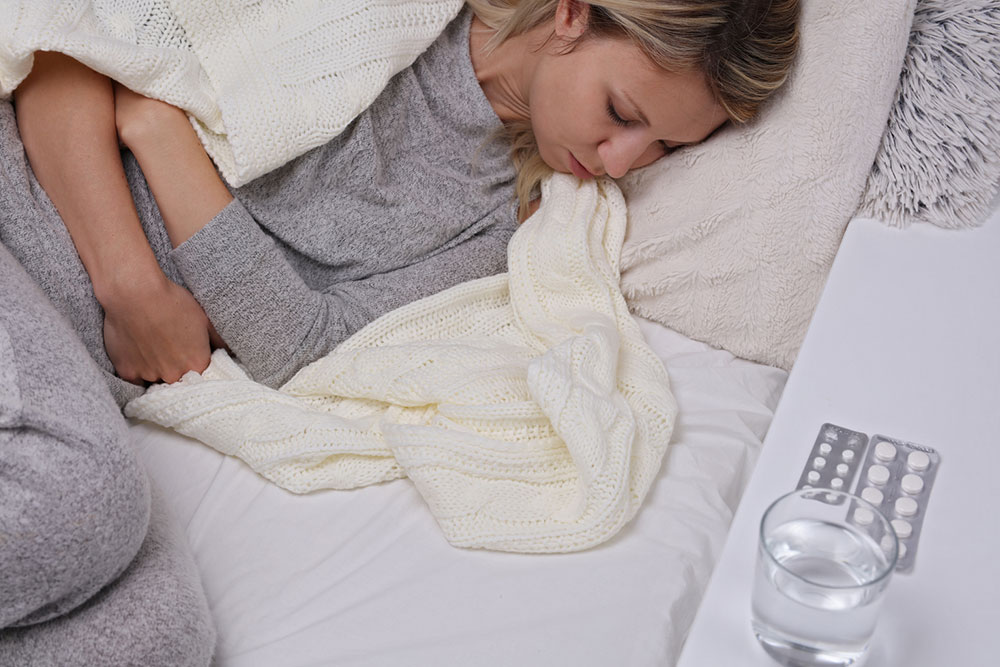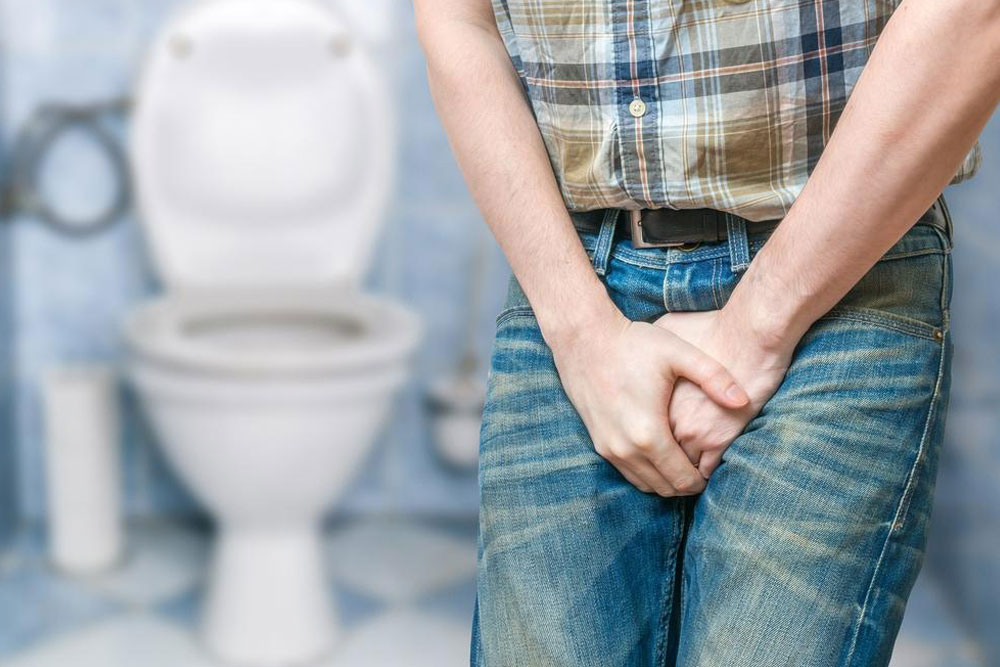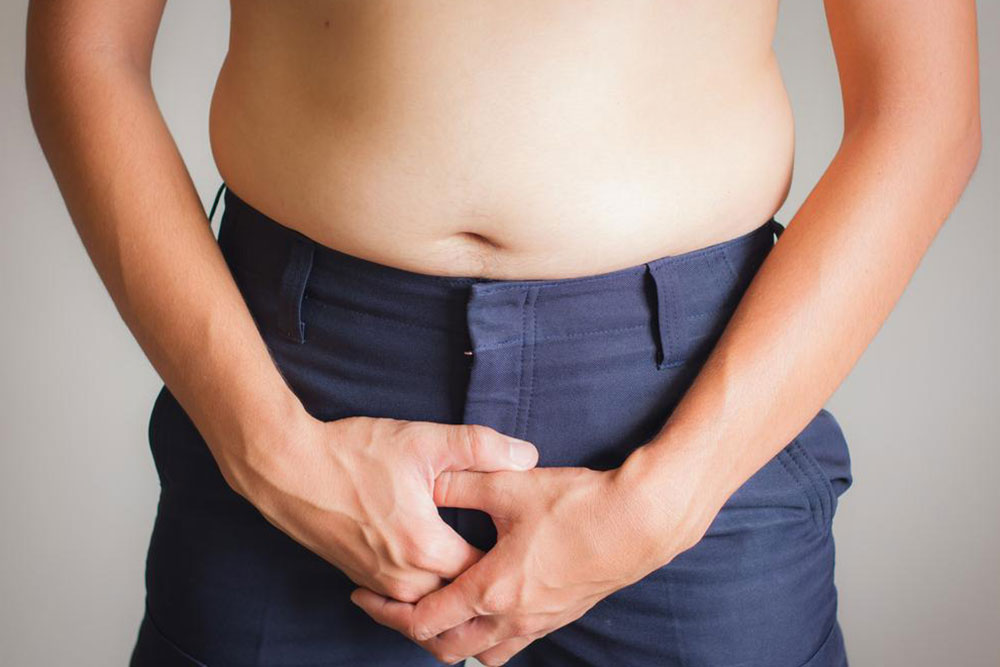Comprehensive Guide to Overactive Bladder: Causes, Symptoms, and Effective Management Strategies
Explore the comprehensive overview of overactive bladder, including its causes, symptoms, and a wide range of management strategies. This detailed guide emphasizes personalized treatment options such as behavioral therapies, medications, and innovative surgical procedures, aiming to enhance quality of life for those experiencing OAB. Learn how lifestyle changes and early diagnosis can prevent complications and improve urinary health.

Understanding Overactive Bladder: Causes, Symptoms, and Management Strategies
Overactive bladder (OAB) is a prevalent urological condition characterized by a sudden and compelling need to urinate that is difficult to control. This condition often leads to involuntary urine leakage, a symptom known as urge incontinence, which can significantly impair daily activities and impact quality of life. Understanding the underlying causes, recognizing the symptoms, and exploring effective management options are essential steps in addressing OAB effectively.
Proper bladder function depends on a complex coordination between the urinary system and nervous system. Any disruption in communication or damage to nerves controlling the bladder can cause abnormal contractions and sensations, leading to the symptoms associated with overactive bladder. These disruptions can stem from various internal or external factors, making OAB a multifactorial condition that requires careful diagnosis and tailored treatment approaches.
The primary causes of overactive bladder include neurological disorders such as Parkinson’s disease, multiple sclerosis, and stroke, which affect nerve signaling pathways responsible for bladder control. Nerve damage resulting from injuries, surgical procedures, or diseases can impair nerve function, leading to symptoms. Urinary tract infections (UTIs) are common triggers that temporarily inflame and irritate the bladder. Certain medications, especially diuretics and some antidepressants, may also influence bladder activity.
Obstructions caused by benign prostatic hyperplasia (enlarged prostate), bladder stones, or tumors can hinder normal urine flow and cause bladder overactivity. Pregnancy exerts pressure on the bladder, leading to increased urgency, while hormonal changes during menopause can weaken bladder tissues and contribute to symptoms. Additionally, lifestyle factors like excessive caffeine or alcohol intake can irritate the bladder and exacerbate symptoms.
Symptoms of overactive bladder are diverse and can include increased frequency (urinating more than eight times in 24 hours), urgency, nocturia (waking up at night to urinate), and urge incontinence — involuntary leakage following a sudden urge. Many individuals also experience a persistent feeling of incomplete bladder emptying, which can provoke further urgency and discomfort.
Fortunately, overactive bladder is a manageable condition with a variety of treatment options. Behavioral modifications are often the first line of intervention. These include bladder training exercises, scheduled voiding (to help control urges), and pelvic floor muscle exercises (Kegel exercises) to strengthen the muscles controlling urination. Maintaining a healthy weight and adopting a healthy lifestyle can reduce pressure on the bladder and decrease symptoms.
Medical treatments encompass several approaches. Pharmacological options, such as antimuscarinic medications and beta-3 adrenergic agonists, are commonly prescribed to relax bladder muscles and reduce urgency. These medications have proven effective but may have side effects, which require careful monitoring.
In cases where medications are insufficient, procedures like Botox injections into the bladder wall can help relax overactive muscles. Nerve stimulation therapies, such as sacral neuromodulation, involve implanting devices to modulate nerve signals and restore normal bladder function. Surgical interventions are considered a last resort, typically reserved for severe cases unresponsive to conservative treatments.
Preventive habits play a vital role in managing and reducing the risk of OAB. Maintaining a balanced weight, engaging in regular physical activity, reducing intake of bladder irritants like caffeine and alcohol, quitting smoking, and managing chronic conditions such as diabetes are essential measures. Additionally, routine medical check-ups can help detect early signs of bladder dysfunction and facilitate timely intervention.
Accurate diagnosis is crucial for effective management. Healthcare practitioners will review medical history, conduct physical examinations, and may utilize diagnostic tools like bladder diaries, urinalysis, and urodynamic testing to determine the underlying causes. An individualized treatment plan, often combining lifestyle modifications and medical therapies, can significantly improve symptoms and overall quality of life for individuals affected by overactive bladder.





